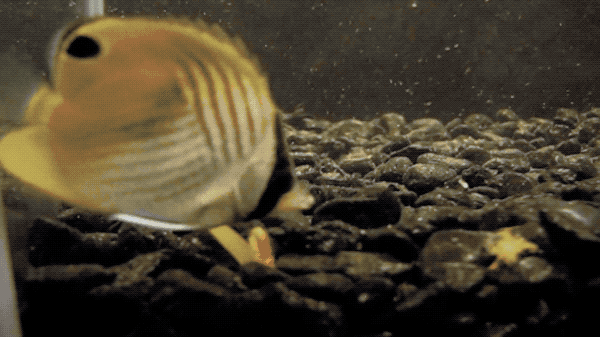

The size of an adult shell varies between 24 mm and 52 mm. They are capable of "stinging" humans, therefore live ones should be handled carefully or not at all. Like all species within the genus Conus, these snails are predatory and venomous. They are the authors of the forthcoming book “The Extreme Life of the Sea.Species: Conus catus Hwass in Bruguière, 1792Ĭonus catus, common name the cat cone, is a species of sea snail, a marine gastropod mollusk in the family Conidae, the cone snails and their allies. Anthony Palumbi is a novelist and video-game writer. Stephen Palumbi is a professor of marine biology at Stanford University and senior fellow at the Woods Institute for the Environment. They’d benefit from sharing the limelight with some of the other amazing ocean creatures. The abundance of attention has been a double-edged tooth for sharks: We may understand them better, but we fear them more. Or they live in familiar habitats in startling ways. These species thrive in places that have demanded amazing adaptations - such as hydrothermal vents where the water is heated above the boiling point. After all, they compete for those titles alongside millions of other ocean species, all just as driven to win the game of life. It should come as no surprise that sharks grab so few superlatives: fastest, deepest, deadliest and so on. This honor goes to colonial organisms such as cold-water corals off the coast of Hawaii or the glass sponges that build titanic works of architecture below the waves, tending their quiet cathedrals over thousands of years. They can live longer than any other mammal and probably longer than any shark on Earth, but they cannot claim the title of the ocean’s longest-lived creatures. Traveling the oceans with an efficiency shipwrights envy, these goliaths live serene lives that may stretch for centuries. The blue whale, in fact, is the largest animal that has ever lived on the planet.

But the oceans’ great mammals are far bigger. If it’s size you want, the planet’s largest fish is indeed a shark: the languid, plankton-grazing whale shark. The snail’s harpoon, it turns out, can penetrate swimsuit lining.

Humans are rarely deliberately attacked, but when an acquisitive diver pockets a live snail, things can turn deadly.
#Cone snail harpoon speed full
The proboscis rears up and shoots a hollow harpoon, lancing the fish’s flesh and pumping it full of venom for a near-instant death. Lurking beneath the sand, with its chemical-sensing proboscis sniffing the water like a tubular snake, a cone snail waits for a fish to venture near. These snails specialize in hunting fish, and they have evolved a potent venom that shuts down nerve and muscle function in an instant. The slender, demure cone snail grows a maximum of 3 inches long, but it can kill a human with a single jab from its small, harpoon-like tooth. The ocean’s deadliest predators are as un-sharklike as can be imagined. We also know who tends to win because the hard beaks of these squids end up in the stomachs of sperm whales all over the world. We can tell the species of squid from the scars it leaves: circular saw marks for the giant squid and razor-straight claw marks for the colossal squid. At the same time, countless sharp “teeth” on the squid’s tentacles gouge wounds into the sperm whale’s expansive head. The hunting whale’s sharp lower jaw slices into the squid’s lean, rubbery muscle. They feature two of the world’s largest creatures, sperm whales and giant squid, and their combat happens in near total darkness. You want ferocious? The deep sea’s most epic battles don’t involve sharks. In response, these fish have evolved heaters in their brains and eyes, supercharging them to perceive prey flashing by and to gulp them down at highway velocities. Billfish such as marlin and sailfish hunt at such high speeds that their cold-blooded senses struggle to keep up. By contrast, the most celebrated human swimmers train their whole lives to manage 6 to 7 mph. Sailfish hold the unofficial record at 60 mph, and well-documented speed trials have clocked both tuna and wahoo at nearly 50 mph. Is it speed you’re after? The fastest fish in the sea is not a shark.


 0 kommentar(er)
0 kommentar(er)
